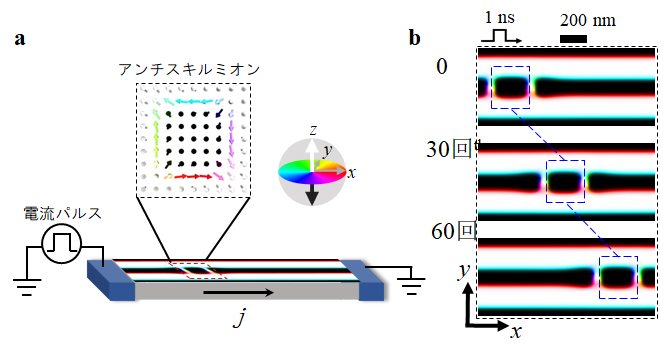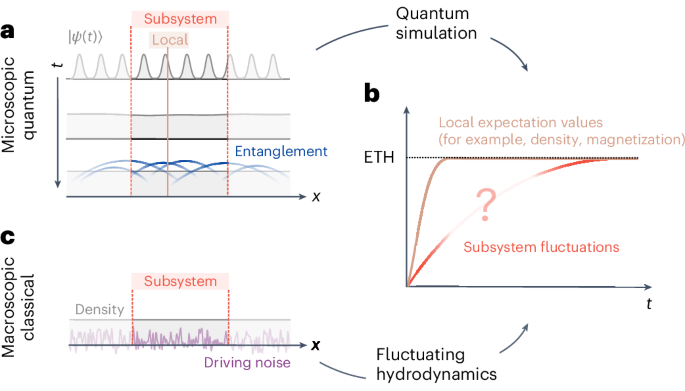2024-09-09 シンガポール国立大学(NUS)
 As part of their research, NUS marine ecologists created their own plastic-less equipment to collect samples for environmental microplastic monitoring. Top: This is a horizontal water sampler; Bottom: This is a push net which is used to collect microplastics in large volumes of water.
As part of their research, NUS marine ecologists created their own plastic-less equipment to collect samples for environmental microplastic monitoring. Top: This is a horizontal water sampler; Bottom: This is a push net which is used to collect microplastics in large volumes of water.
<関連情報>
- https://news.nus.edu.sg/uncovering-microplastic-dynamics-and-patterns-in-coastal-habitats/
- https://www.sciencedirect.com/science/article/abs/pii/S014111362400148X
- https://www.sciencedirect.com/science/article/pii/S0048969724012166
海草藻場におけるマイクロプラスチックとその他の人工粒子の捕捉: 垂直・水平サンプリング勾配における偏在性 Trapping of microplastics and other anthropogenic particles in seagrass beds: Ubiquity across a vertical and horizontal sampling gradient
Janine Ledet, Chloe Tan, Xing Hua Guan, Clara Lei Xin Yong, Lynette Ying, Peter Todd
Marine Environmental Research Available online: 2 April 2024
DOI:https://doi.org/10.1016/j.marenvres.2024.106487
Highlights
- Seagrass beds are considered to be a ‘sink’ for anthropogenic particles.
- Sediment, vegetation, and fauna were sampled along a gradient of seagrass cover.
- LOD/LOQ blank correction protocol for detected or quantifiable anthropogenic particles.
- No difference in particle abundance between vegetated and less vegetated patches.
- Results provide evidence that seagrass bed trapping efficiency is variable.
Abstract
Seagrass beds can trap large amounts of marine debris leading to areas of accumulation, known as ‘sinks’, of anthropogenic particles. While the presence of vegetation can enhance accumulation, less is known about how the trapping effect changes from vegetated to less vegetated patches. To test this, vegetation and sediment were sampled along a vegetation percent cover gradient from the centre of seagrass beds to nearby less vegetated patches. To determine whether trapped particles can lead to increased accumulation in associated fauna, gastropods were also collected from the transects laid across this gradient. Extracted anthropogenic particles were counted and characterised. Particles were detected in all sample types and reached quantifiable limits in at least 50% of sediment and gastropod samples. There was no significant difference in the distribution of particles found in seagrass beds compared to less vegetated patches, suggesting other factors contribute to the trapping efficiency of biogenic habitats besides simply the presence or absence of vegetation.
サンゴのコロニー形態、サンゴの表面状態、粒子の大きさ、播種点がマイクロプラスチックの捕捉と沈着に及ぼす影響 The effect of coral colony morphology, coral surface condition, particle size, and seeding point on the trapping and deposition of microplastics
Li Peng Yen, Clara Lei Xin Yong, Peter A. Todd
Science of The Total Environment Available online: 19 February 2024
DOI:https://doi.org/10.1016/j.scitotenv.2024.171077
Graphical abstract

Highlights
- Coral colony traits for microplastic (MP) trapping and deposition were tested.
- More MPs were trapped by, and deposited nearer to, compact colonies.
- Colony surface condition (live, bleached, and waxed) had no significant effects.
- More of the larger MPs were trapped, as were those seeded at the colony mid-point.
- Differences in trapping/deposition were likely due to flow dynamics around colonies.
Abstract
Coral reefs are increasingly identified as microplastic sinks. Understanding the trapping and deposition effects on microplastics among coral colonies of different morphologies can help identify which corals and coral reefs are at higher risk of microplastic exposure. Here, we used a current-generating saltwater flume to explore microplastic trapping and deposition among branching coral, Pocillopora acuta, colonies with contrasting morphologies (open and compact), together with varying coral surface conditions (live, dead, and waxed), microplastic sizes (400 to 500 μm and 900 to 1000 μm), and seeding points (above-colony and mid-colony). Results revealed that more microplastics were trapped by, and deposited nearer to, compact colonies compared to those with a more open morphology—likely due to differences in flow dynamics. More of the larger microplastics were trapped, as were those introduced at the mid seeding point, but coral surface condition had no significant effect. These findings add to the growing evidence that corals are effective at trapping and facilitating deposition of microplastics. Branching corals with compact structures are potentially at high risk of microplastic pollution impact. We posit that coral composition, i.e. the relative abundance of compact branching colonies, will affect microplastic accumulation in natural reef environments.
Synopsis
This study demonstrates the effects of coral morphology on microplastic trapping and deposition, providing mechanistic insights into the factors that contribute to coral reefs acting as microplastic sinks.



